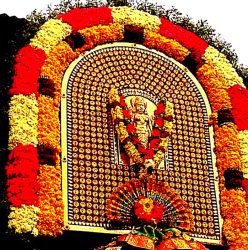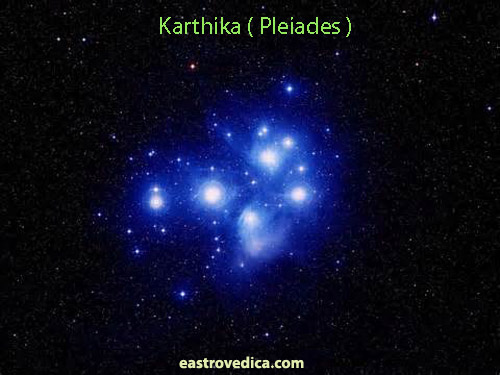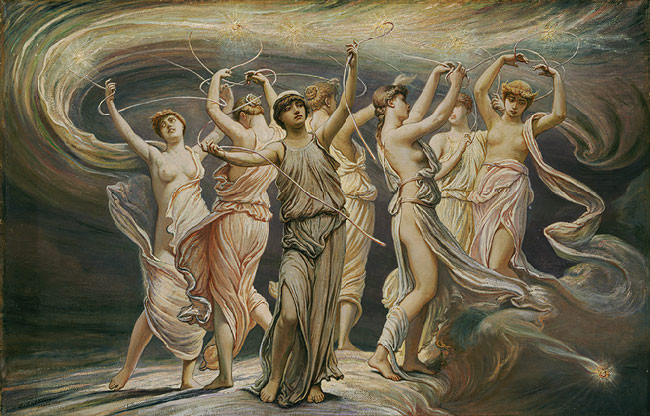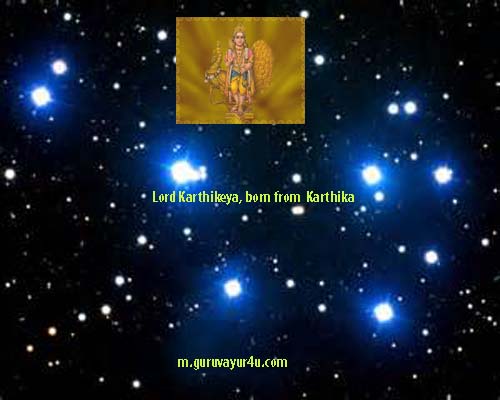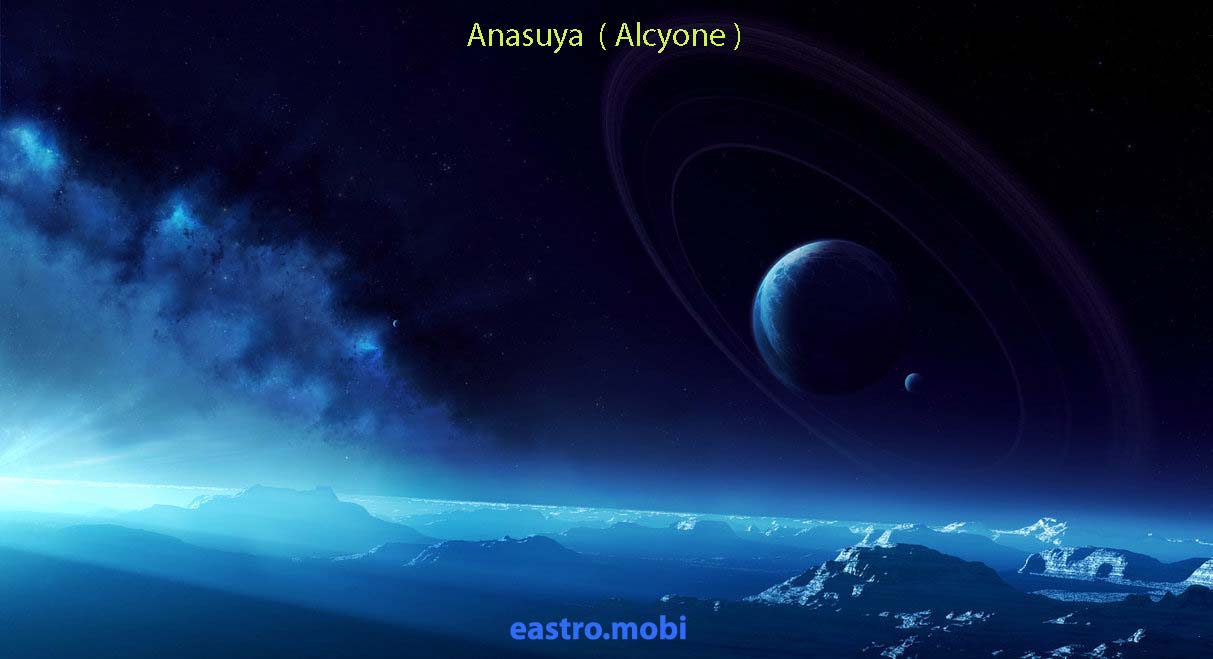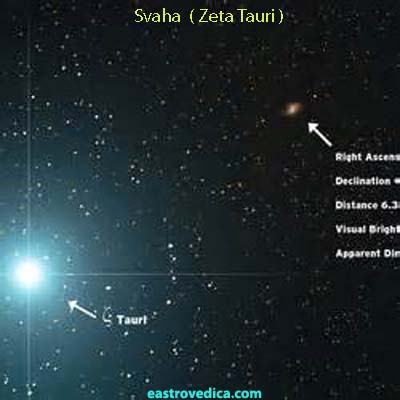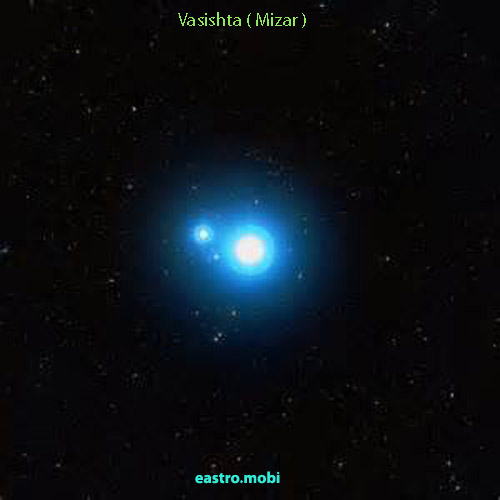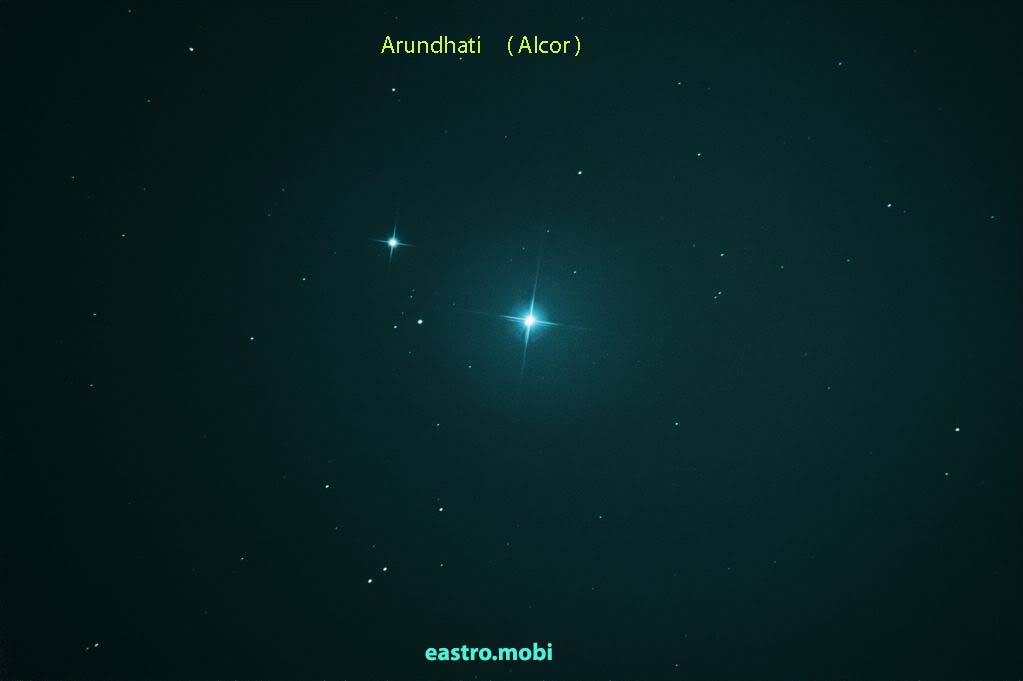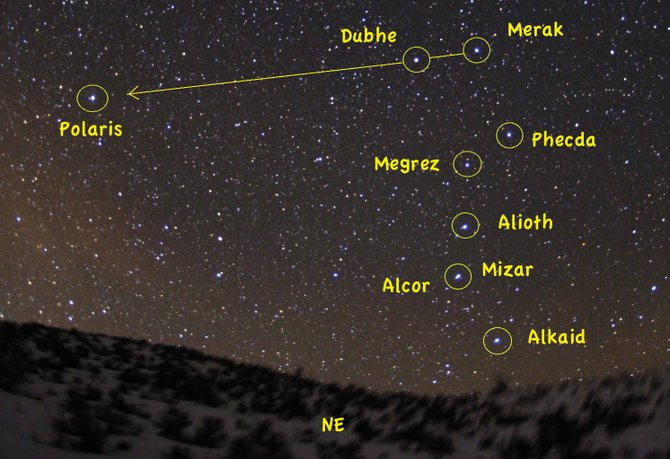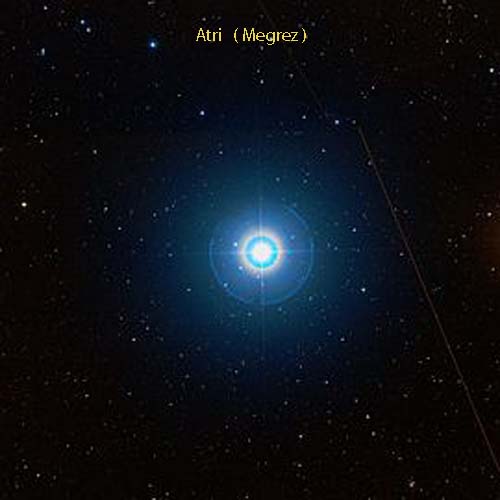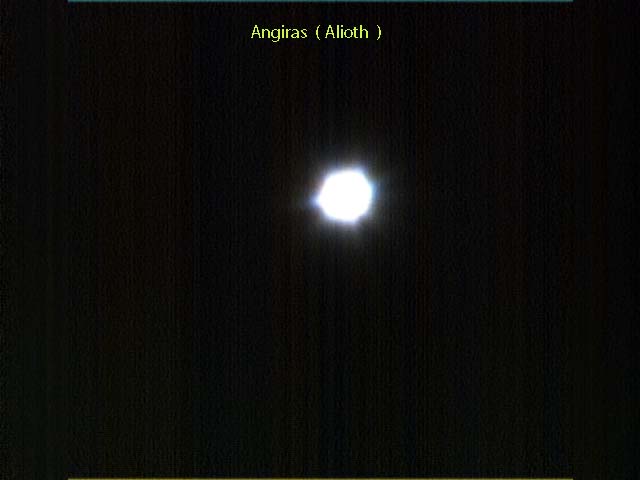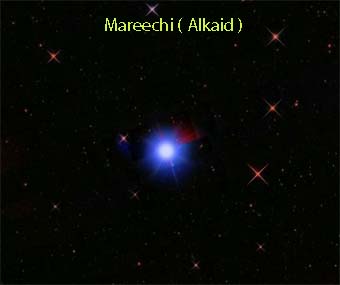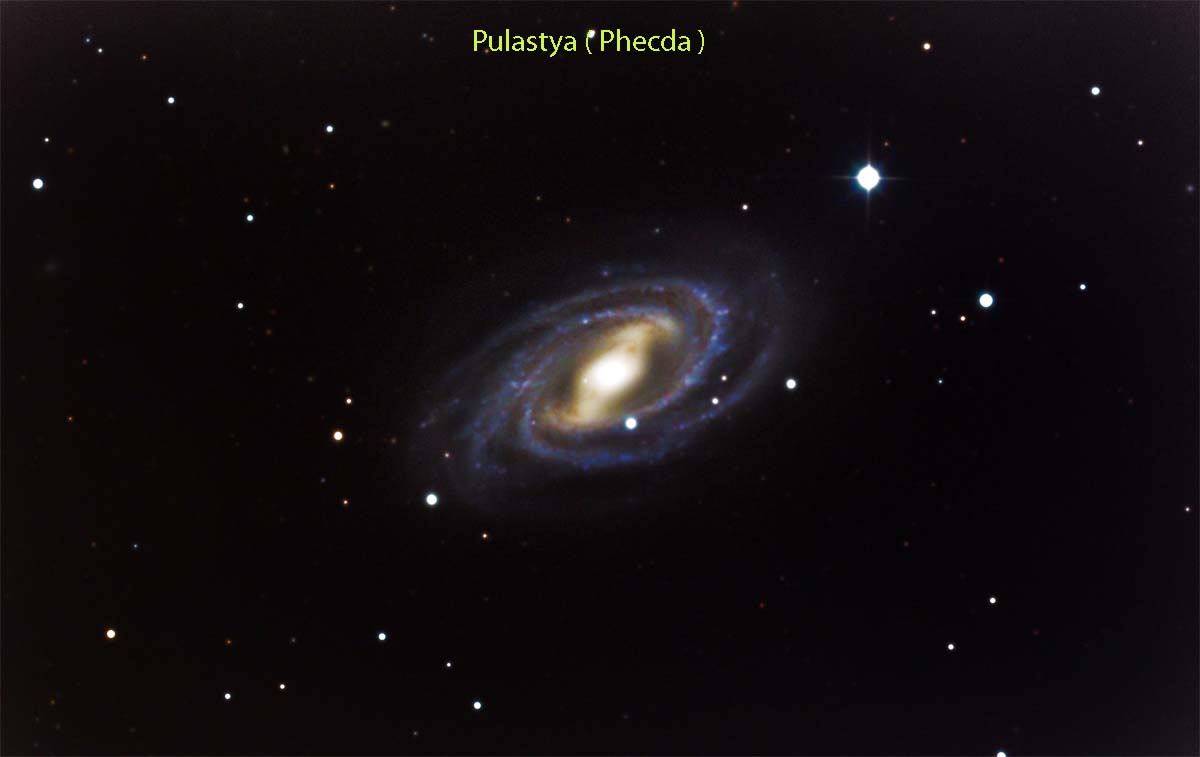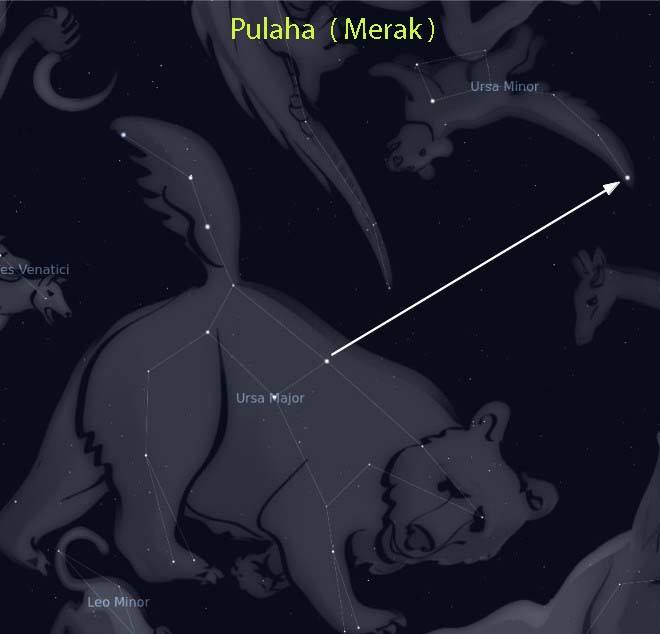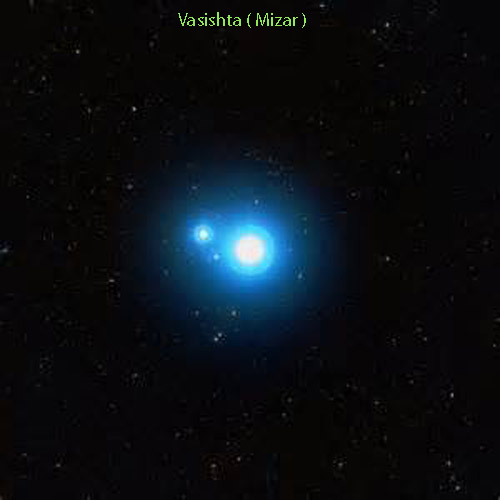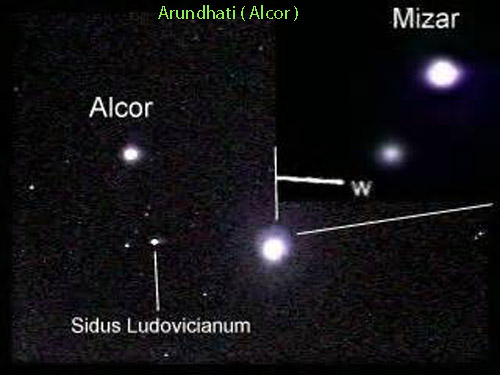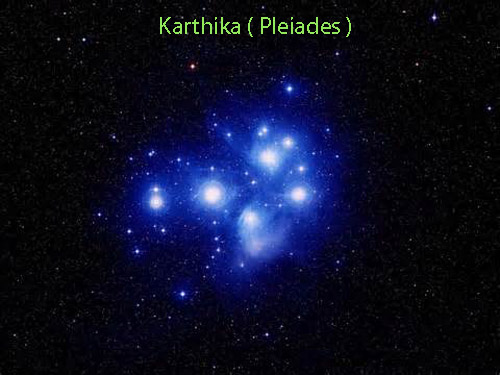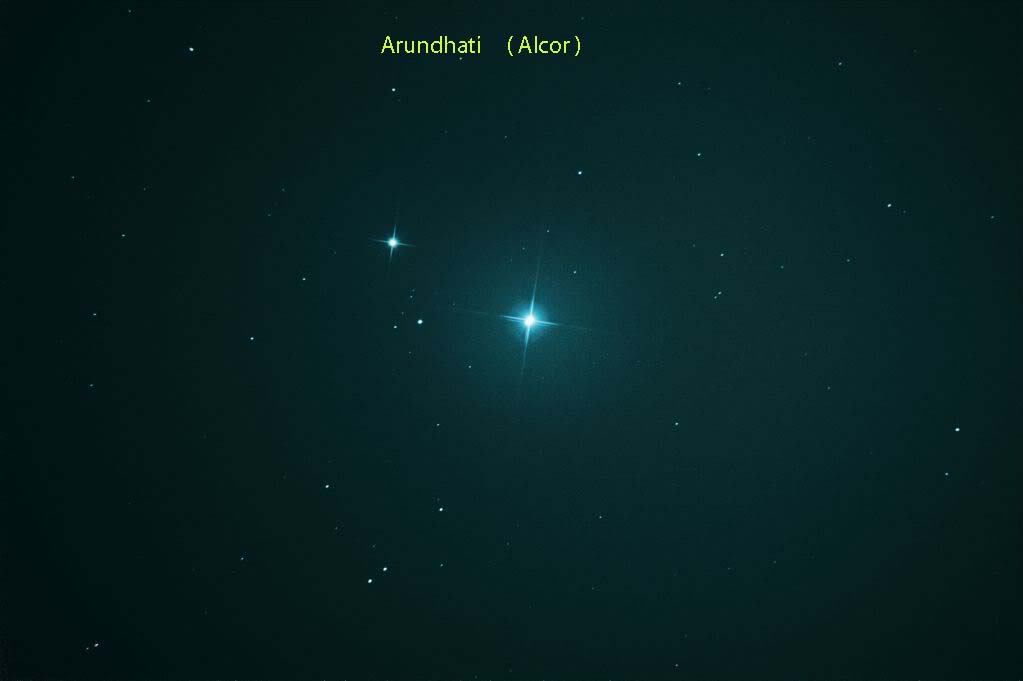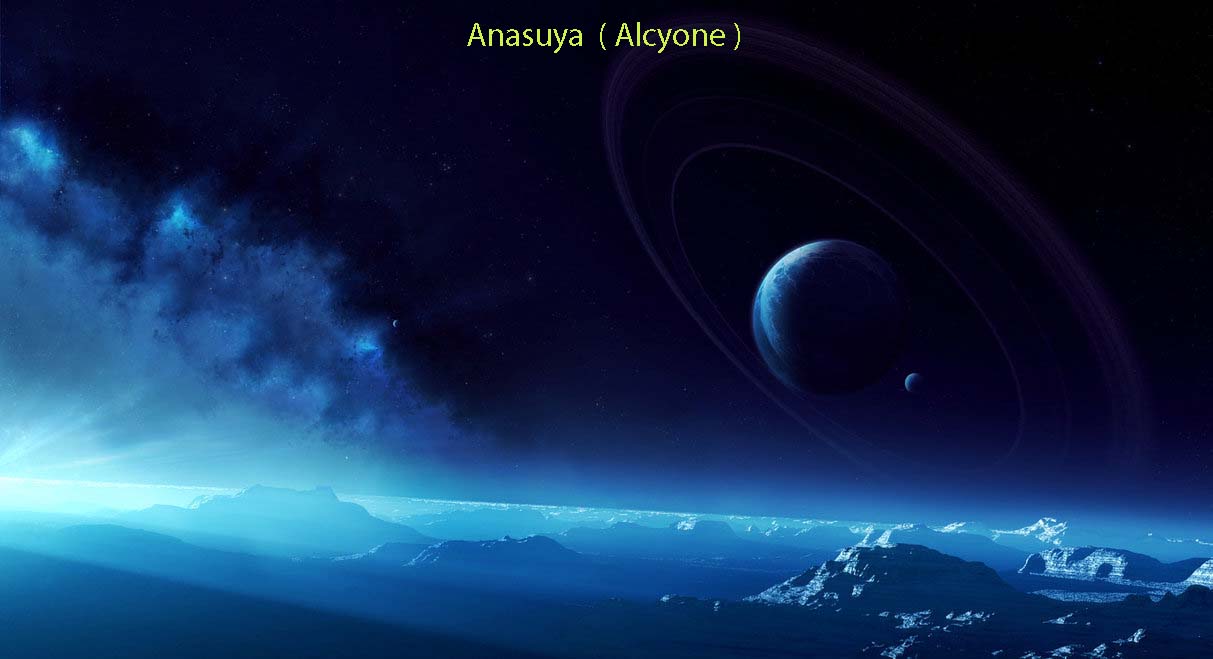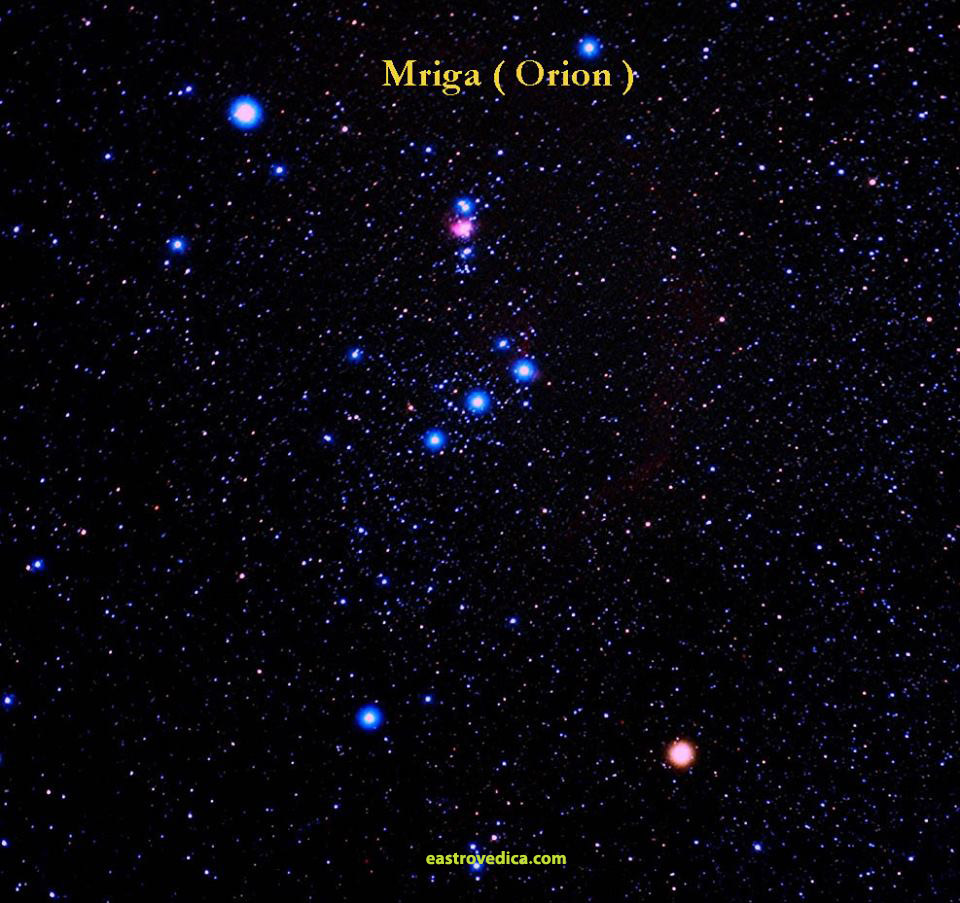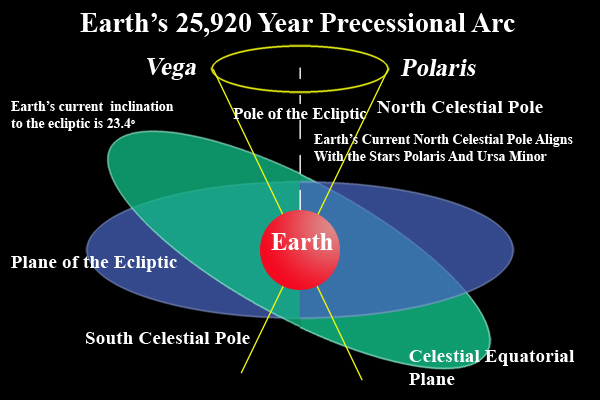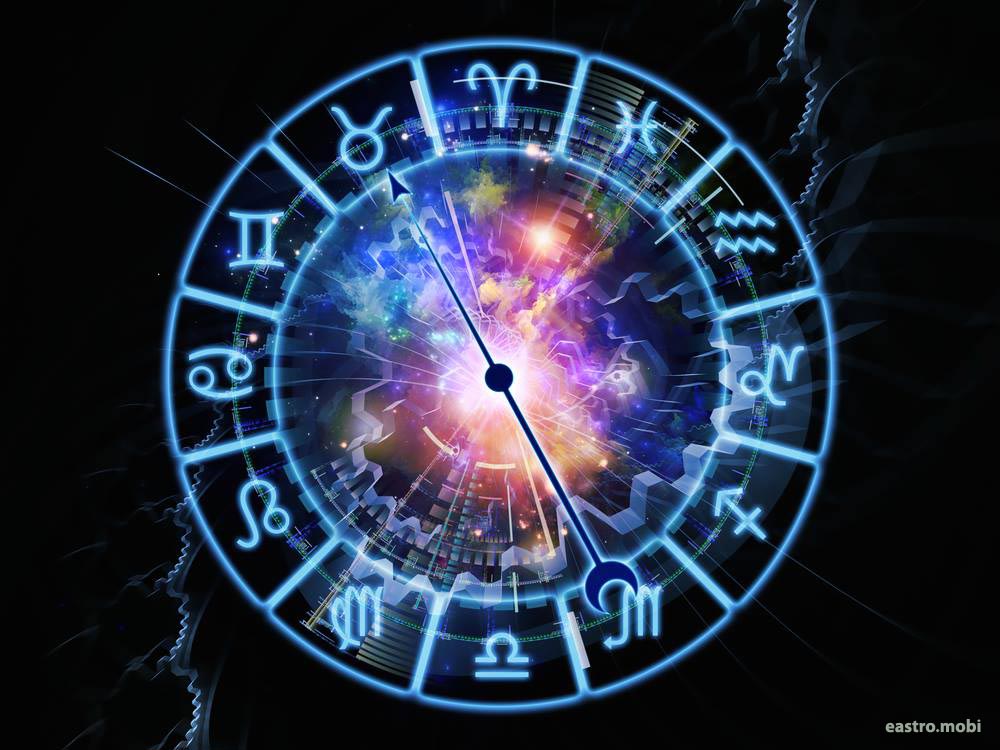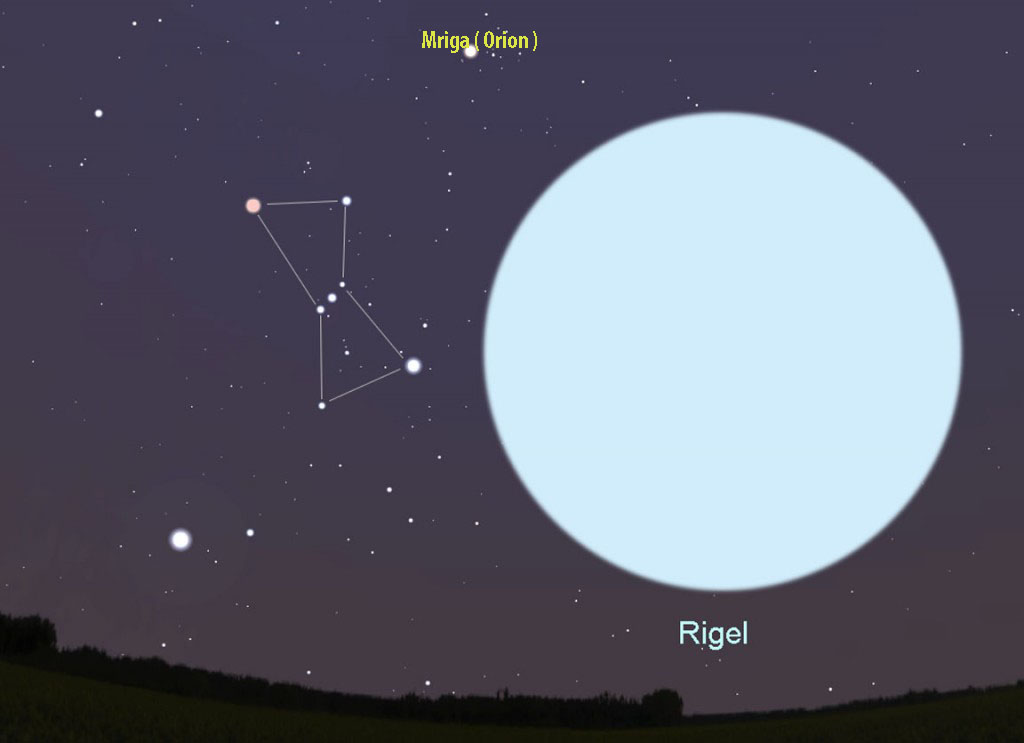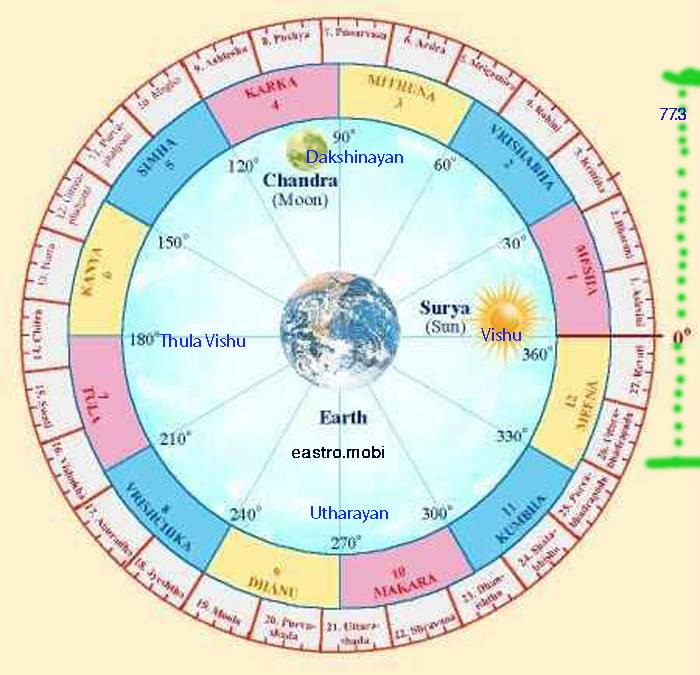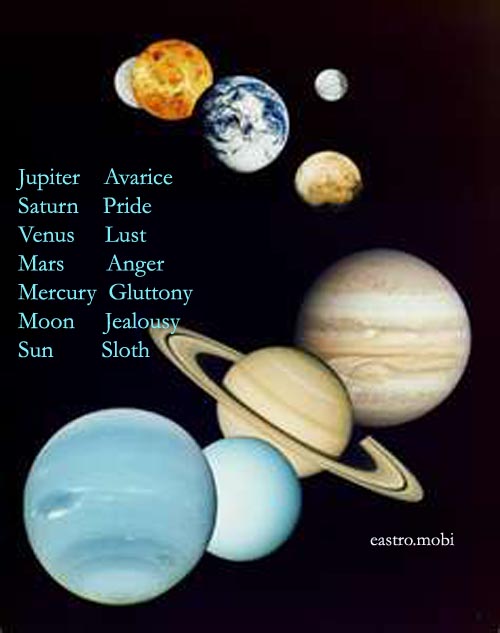close databases
close all
use kdxx
zap
use ppx
store srise to rise
store dow(date()) to vno
store cdow(date()) to vr
store recno() to reno
use vara
locate for no = vno
store lord to pl
use hd
locate for lord = pl
store lord to ld2
store recno() to re
use kdxx
append blank
repl lord with ld2
repl no with 1
repl start with rise
repl day with vr
use hd
go re+1
store lord to ld3
use kdxx
append blank
repl lord with ld3
repl no with 2
repl start with rise+100
repl day with vruse hd
go re+2
store lord to ld4
use kdxx
append blank
repl lord with ld4
repl no with 3
repl start with rise+200
repl day with vr
use hd
go re+3
store lord to ld5
use kdxx
append blank
repl lord with ld5
repl no with 4
repl start with rise+300
use hd
go re+4
store lord to ld6
use kdxx
append blank
repl lord with ld6
repl no with 5
repl start with rise+400
use hd
go re+5
store lord to ld7
use kdxx
append blank
repl lord with ld7
repl no with 6
repl start with rise+500
repl day with vr
use hdgo re+6
store lord to ld
use kdxx
append blank
repl lord with ld
repl no with 7
repl start with rise+600
use hd
go re+7
store lord to ld
use kdxx
append blank
repl lord with ld
repl start with rise+700
use hd
go re+8
store lord to ld
use kdxx
append blank
repl lord with ld
repl start with rise+800
use hd
go re+9
store lord to ld
use kdxx
append blank
repl lord with ld
repl start with rise+900use kdxx
go top
store lord to lord1
store start to s1
store day to da1
skip
store lord to lord2
store start to s2
store day to da2
skip
store lord to lord3
store start to s3
store day to da3
skip
store lord to lord4
store start to s4
store day to da4
skip
store lord to lord5
store start to s5
store day to da6
skip
store lord to lord6
store start to s6
store day to da7
skip
store lord to lord7
store start to s7
store day to da5
skip
store lord to lord8
store start to s8
store day to da8
